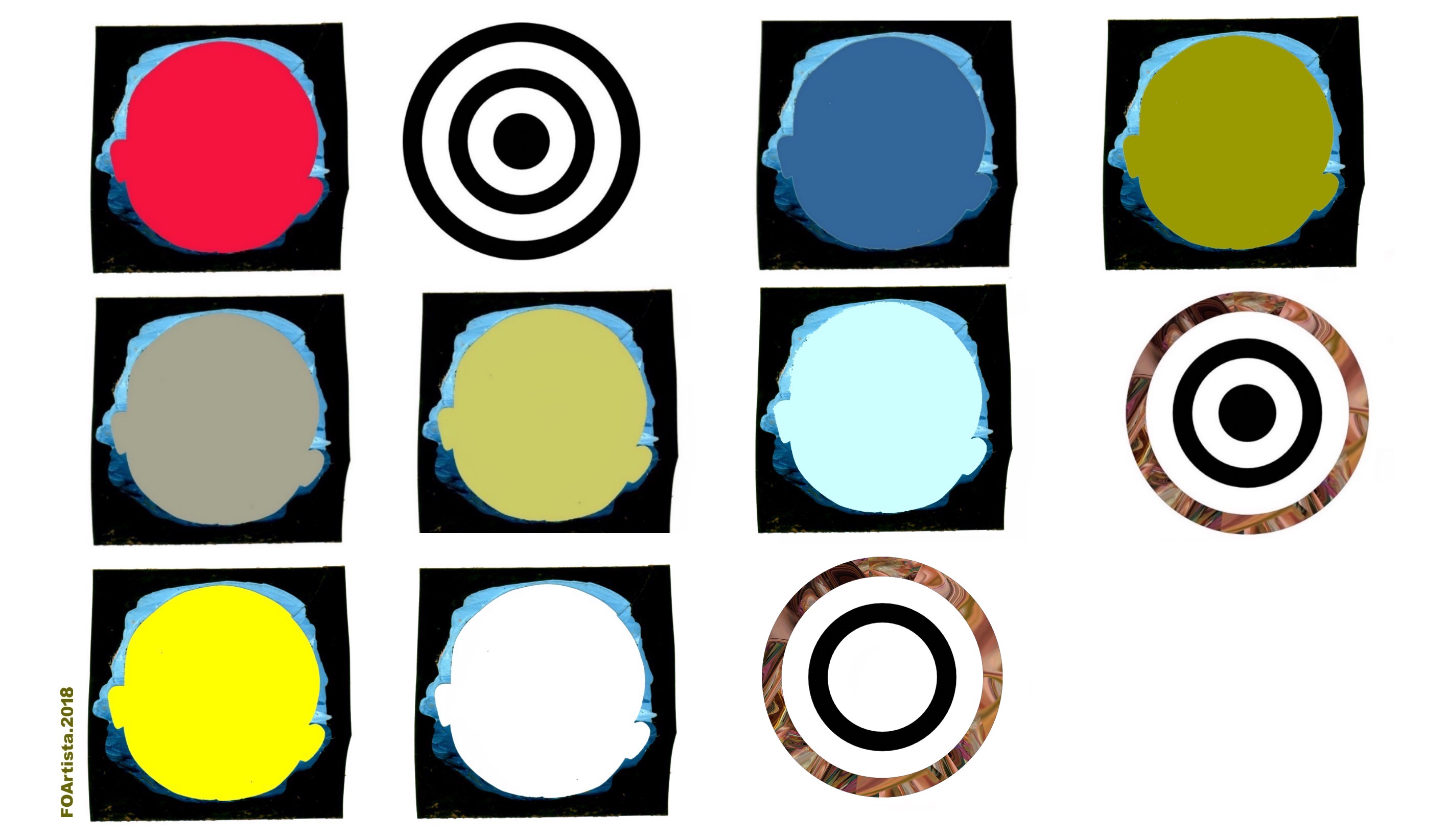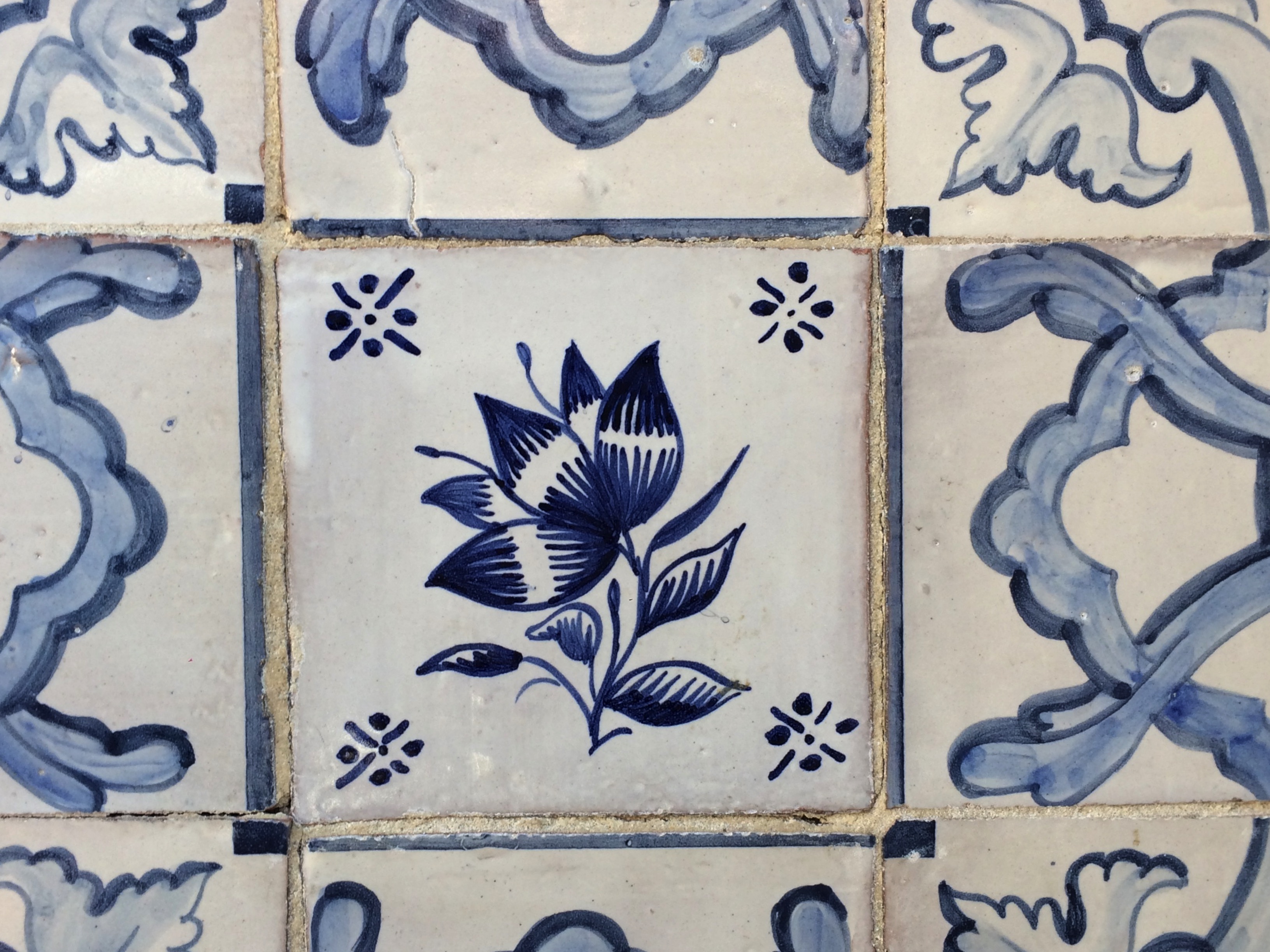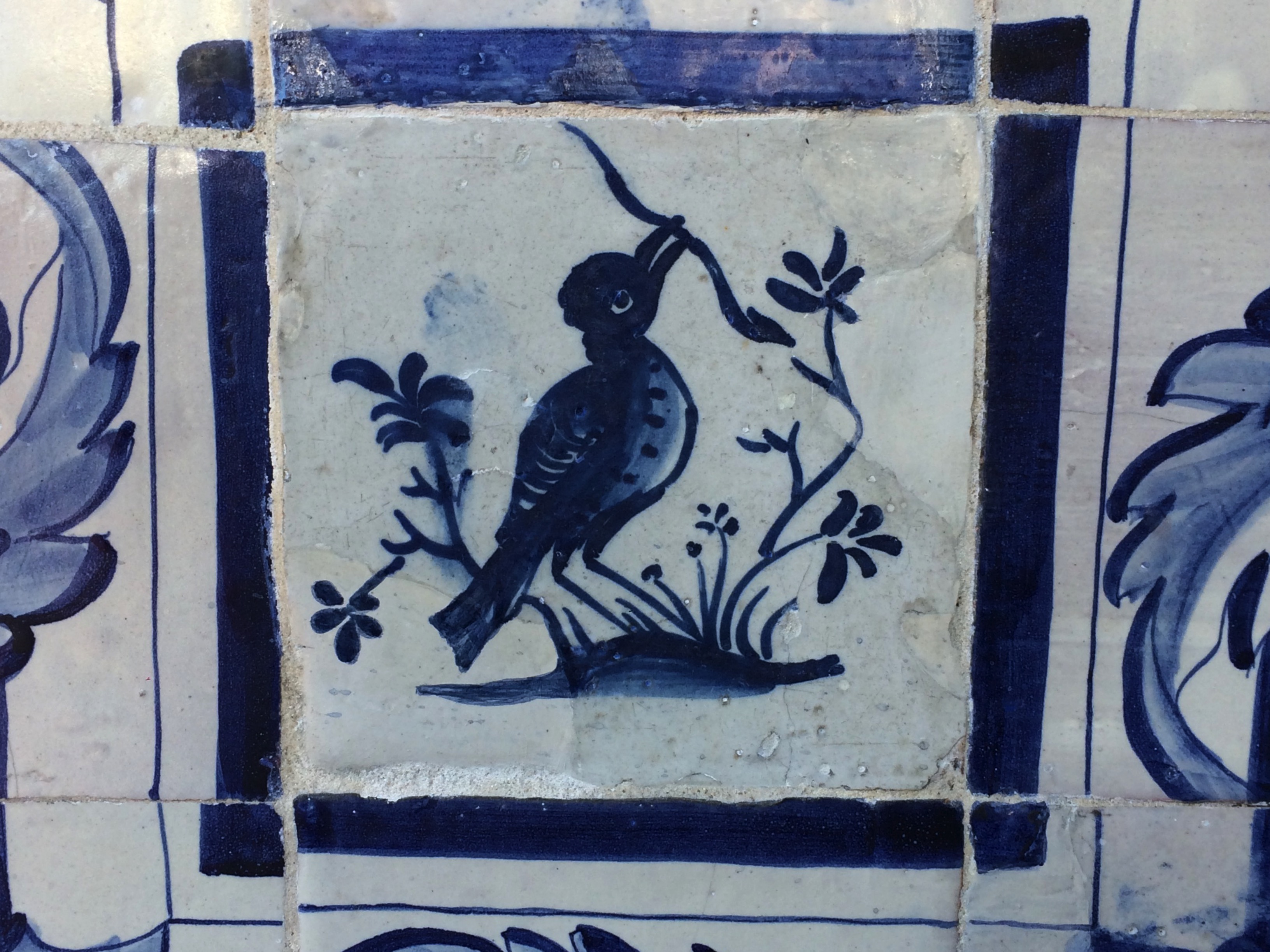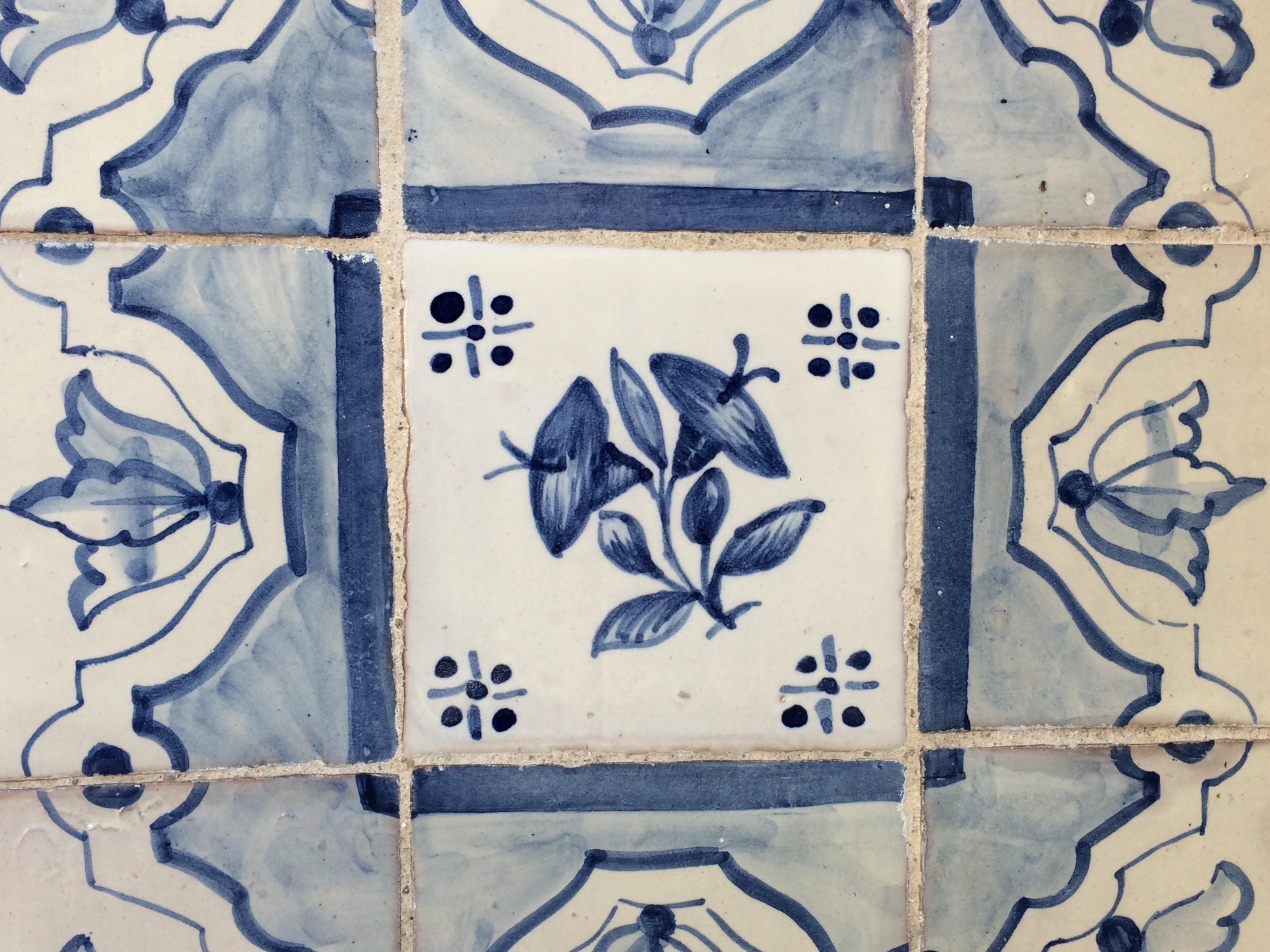
Ulysses, the legendary hero, mythical founder of the city of Lisbon. Here, represented in front of the left wing of the figure of Valor, Arco do Triunfo on Rua Augusta, Lisbon. Photographic composition: @foartista

Ulysses, the legendary hero, mythical founder of the city of Lisbon. Here, represented in front of the left wing of the figure of Valor, Arco do Triunfo on Rua Augusta, Lisbon. Photographic composition: @foartista






FOArtista, drawing. Connecting People, mixed media on digital support.






In the month of June, the popular saints are coming, and Lisbon begins to prepare to celebrate his beloved Saint Anthony! The party is nice, and it promises, as always. In the downtown, the saleswomen show their flowers (“manjericos”), with their beautiful poems of love. Near the church of Santo António, together with the statue of the saint, two Chinese tourists try to hit some pennies, in the search of their loves…

Walking through the streets of old Mouraria, climbing to the Castelo or down the steps and alleys of Alfama, already adorned with colorful ribbons, balloons and little flags, we find here and there, by the doors or windows, the thrones of Santo António. Along with the improvised bars, for the sale of sardines, bifanas and beer or wine, the kids expose their prosaic thrones of Santo Antonio and ask for a coin for tourists and visitors.


The sizes, materials and props for creating a throne of Santo António vary according to the taste of its creators or the specific references of each group or neighborhood. In a wooden or cardboard structure, in a staircase or cascade, carpeted with fine tissues and lace, the “manjericos” or other flowers are distributed in devotion to the saint, candles to raise the requests to heaven, small dishes or piggy banks for the little contributions. The rest of the decoration is completed to the liking of each creator, not forgetting the obligatory figure of the saint, at the top of the throne, sometimes, also accompanied by other popular or sacred figures. Generally, the “manjericos” come with little poems or other phrases and requests.

This old tradition, deeply identity of the Lisbon neighborhoods, almost fallen into oblivion, nevertheless begins, today, to be better known and recovered. It goes back to the eighteenth century, after the great earthquake of 1755, which destroyed the church of Santo António, leading the children of the choir of the church erected in the streets, thrones to the saint, to ask for coins for the reconstruction of the church of Santo António.


The customs, the faith, the prayers and the responsories remained, as well as the desire for celebration and grace. The kids, on the streets, continued to ask for “cinco reizinhos para o Santo António” and later, “meio tostãozinho para o Santo Antonio”. Every year, in June, during the popular festivities, there are still some of the doors and windows of old Lisbon, the thrones of Santo António, festive and colorful, honoring the saint miracle worker, the patron saint of all causes, with special focus on matchmaking affairs.


There were times when the creation of the thrones of Santo António represented a great and laborious construction of the communities of the neighborhoods, which competed happily among themselves, encouraged by the institutions and newspapers of the time. Nowadays, the autarchy tries to revitalize this tradition, through initiatives of the Museu de Lisboa – Santo António, located in the Largo de Santo António, near the place where the saint was born and played, in the late 12th century. Annually, it promotes to the population of the traditional neighborhoods, a contest of thrones of Santo António, with the objective of transforming the city into a great exhibition hall in the open air, celebrated by all people.
Text and photos: @foartista.

View more in:
https://www.facebook.com/LisbonArtMemories http://lisbonartmemories.blogspot.com https://www.instagram.com/lisbon_art_memories https://www.youtube.com/channel/UCC-2zwvUJX0Wl9jIlEl2vLA?view_as=subscriber









“Olha a sardinha, é vivinha da costa. Há carapau e sardinha linda, ó freguesa! É fresquinha a minha sardinha”.
(ancient fishwives of Lisbon)
The sardines are a great icon of Lisbon! Green, yellow, blue, colored or squared, with the most varied decorations, they are ready to the taste and imagination of each customer.
The sardines of Lisbon translate the joy and vitality of the city, sending us to the party, to the popular saints, for the socializing, friendship and flirtation. Who does not imagine them? Hot, on the bread, ready to taste …


Once upon a time, a land of serpents called Ofiúsa, and her queen, who was half woman and half a serpent, seduced the men who came here and never left. At the top of the hills, their wickedness shouted to the winds. No one dared to stand on this land cursed by demons and gods.

One day, Ulisses and his companions arrive and disembark in the cove of the Tagus. Admiring the beauty of the land, they decided to build a city, but the accidents happened and disappeared, mysteriously. Our hero decides to pretend to agree to marry the passionate queen, to save themselves and to found Olisipo, the most beautiful capital in the world!

After that, they manage to escape in time, from the ocean to the outside, escaping the wrath of the deceived queen. It ran desperately, winding through the river, until it fell from exhaustion, giving rise to the seven hills of Lisbon, which in fact, are even more.
Text and illustrations: FOArtista. All rights reserved. Lisbon, 2019.
View more in: https://foartista.weebly.com

The tiles of Lisbon are all over the place! Up and down the hills, through all the streets, squares, alleys and sidewalks. They are of all colors and shades, greens, browns, yellows, oranges, but especially blues, and with the most varied patterns, which are mixed in circles, flowers, squares, lozenges, stars or crosses, and are repeated and multiply geometrically, in an endless artistic composition, of great visual impact, resulting from the colors and scintillation of ceramic materials, transforming and illuminating the magical architecture of the city. View more in Lisbon Art Memories














FOArtista, drawing. Living in a Frame, mixed media on digital support.

FOArtista, drawing. Living in a Frame, mixed media on digital support.

FOArtista, drawing. Living in a Frame, mixed media on digital support.

FOArtista, drawing. Living in a frame, mixed media on digital support.

FOArtista, illustration. Color Child Composition, mixed media on digital support.

FOArtista, photography. Ancient tiles, miradouro de Santa Luzia, Lisbon.

FOArtista, photography. Ancient tiles, miradouro de Santa Luzia, Lisbon.

FOArtista, photography. Ancient tiles, miradouro de Santa Luzia, Alfama, Lisbon.